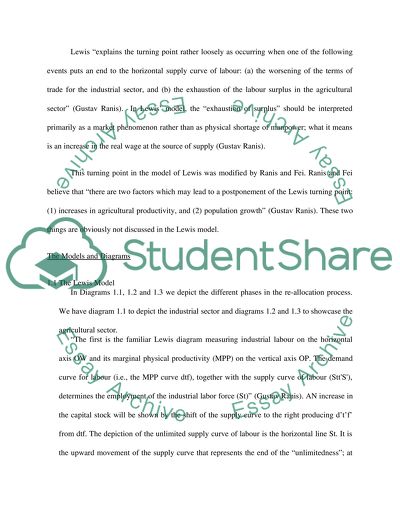Cite this document
(The Difference of Ranis Feis and Lewis Model Case Study, n.d.)
The Difference of Ranis Feis and Lewis Model Case Study. Retrieved from https://studentshare.org/social-science/1554868-identify-the-senses-in-which-the-ranis-fei-model-differs-from-the-lewis-model-does-the-ranis-fei-model-mark-an-advance-on-the-lewis-model-consider-the-nature-and-implications-of-the-ranis-fei-model-and-its-possible-weaknesses-compare-w-jorgenson
The Difference of Ranis Feis and Lewis Model Case Study. Retrieved from https://studentshare.org/social-science/1554868-identify-the-senses-in-which-the-ranis-fei-model-differs-from-the-lewis-model-does-the-ranis-fei-model-mark-an-advance-on-the-lewis-model-consider-the-nature-and-implications-of-the-ranis-fei-model-and-its-possible-weaknesses-compare-w-jorgenson
(The Difference of Ranis Feis and Lewis Model Case Study)
The Difference of Ranis Feis and Lewis Model Case Study. https://studentshare.org/social-science/1554868-identify-the-senses-in-which-the-ranis-fei-model-differs-from-the-lewis-model-does-the-ranis-fei-model-mark-an-advance-on-the-lewis-model-consider-the-nature-and-implications-of-the-ranis-fei-model-and-its-possible-weaknesses-compare-w-jorgenson.
The Difference of Ranis Feis and Lewis Model Case Study. https://studentshare.org/social-science/1554868-identify-the-senses-in-which-the-ranis-fei-model-differs-from-the-lewis-model-does-the-ranis-fei-model-mark-an-advance-on-the-lewis-model-consider-the-nature-and-implications-of-the-ranis-fei-model-and-its-possible-weaknesses-compare-w-jorgenson.
“The Difference of Ranis Feis and Lewis Model Case Study”. https://studentshare.org/social-science/1554868-identify-the-senses-in-which-the-ranis-fei-model-differs-from-the-lewis-model-does-the-ranis-fei-model-mark-an-advance-on-the-lewis-model-consider-the-nature-and-implications-of-the-ranis-fei-model-and-its-possible-weaknesses-compare-w-jorgenson.


